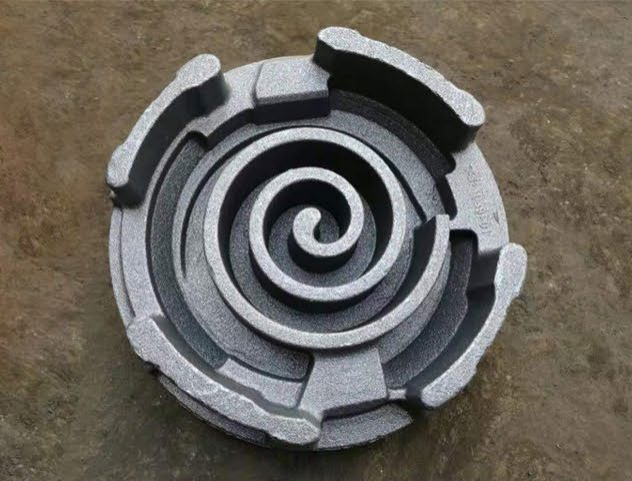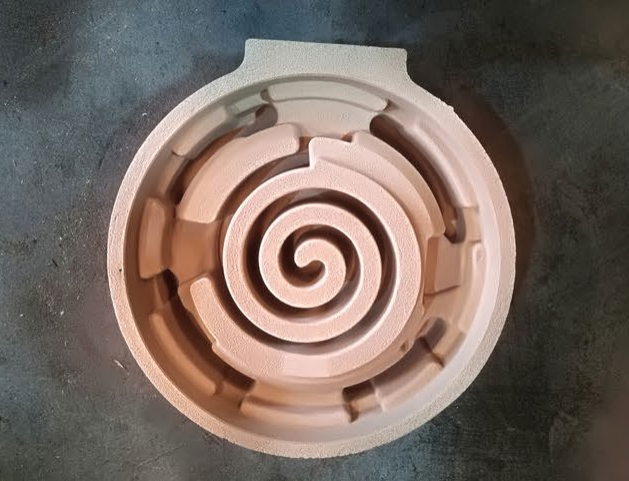
Anti-veining Additive
This is an inorganic anti-veining additive, which will not increase the gas evolution and has lit le impact on the strength of mould sand. It can also improve the plasticity of sand core (mould) and significantly mitigate the fast expansion of silicon sand under high temperature, enhance the surface chilling effects of sand cores (moulds), reduce or remove vein defects.
- Information
Anti-veining Additive
Xinda Anti-Veining Additive represents a breakthrough in anti-veining sand additives, specifically engineered for no-bake, cold-box, and shell mold/core processes within grey and ductile iron foundries. Developed through rigorous research and development efforts, this advanced additive effectively prevents thermal expansion defects—including veining, rat-tails, and buckles—thereby ensuring superior casting quality.
| Appearance | Stacking Density ( g/cm3 ) | Water Content ( % ) | LOI ( % ) | Gas Evolution ( ml/g ) |
| Grey black powder or smallgranular crysta | 1 .70~2.05 | ≤0.3 | ≤3 | ≤13 |

Environmentally Friendly
Contains no emissions, volatiles, or fine particles.
Improved Flowability
Ensures consistent sand flow in molds and cores.
Long shelg Life
Free-flowing powder with unlimited usability.

. Defect Prevention
Eliminates veining, rat-tails, and buckles.
Cost Savings
Reduces casting defects, rejections and machining costs.
Enhanced suface finish
Achieves smooth, defect-free surfaces.
Xinda Group is a global professional manufacturer of high-efficiency anti-veining additives. Developed after years of R&D, this additive meets the industry’s strictest quality standards and delivers excellent performance in practice, addressing foundries’ core needs of solving veining and other casting defects.
For anti-veining additive procurement or global supplier partnerships, Xinda is your ideal choice. Our additive effectively prevents veining and other casting issues, cutting downtime, raising efficiency, and helping foundries achieve "short cycle, high output, high quality" by reducing defects and increasing output. This also lowers scrap/rework costs, minimizes post-use failure risks, saves time and resources, and ultimately improves high-quality casting yield while reducing per-casting costs—delivering dual gains in economic benefits and efficiency.


